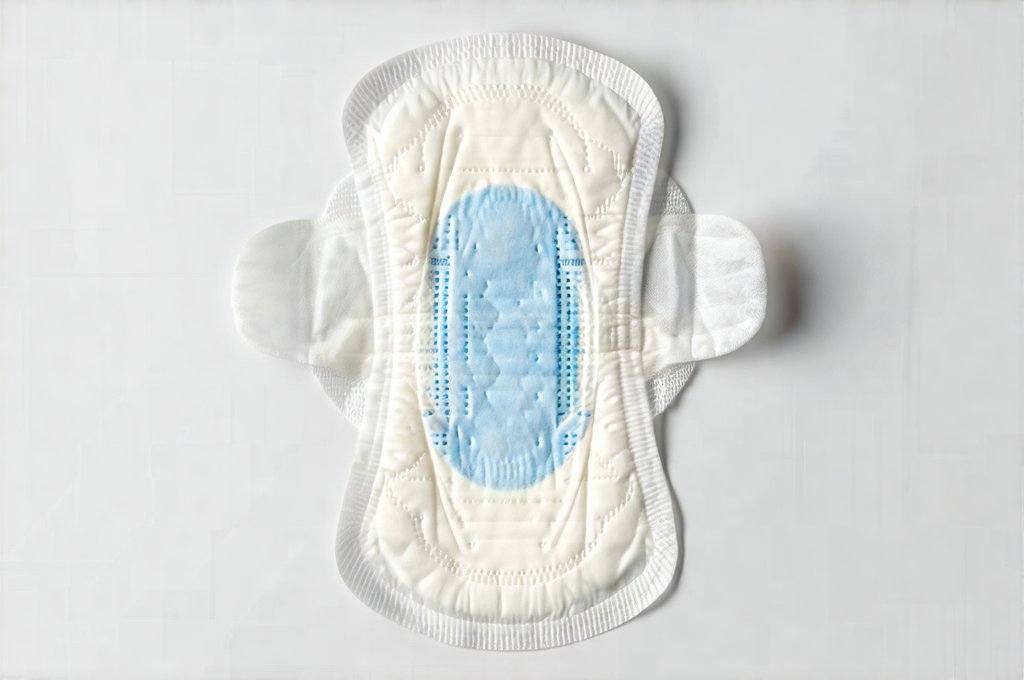The realm of feminine hygiene is often shrouded in misinformation and unspoken anxieties. Many women experience urinary discomfort – ranging from mild urgency to more disruptive symptoms like frequency, burning, or even pain – and navigating the potential causes can be incredibly frustrating. While factors like infections, diet, hormonal changes, and underlying medical conditions are frequently cited as culprits, a growing number of individuals wonder if everyday hygiene products, specifically pantyliners, might play a role in bladder irritation. This concern isn’t new; it stems from the materials used in these products, their proximity to sensitive tissues, and potential disruption of the natural vaginal microbiome.
The question of whether pantyliners contribute to bladder irritation is complex, lacking definitive scientific consensus but prompting valid concerns that deserve exploration. It’s essential to understand that a multitude of factors can trigger urinary discomfort, making it difficult to pinpoint a single cause. However, the ingredients found in many pantyliners – including fragrances, adhesives, and synthetic materials – have been linked to skin sensitivity, allergic reactions, and potential microbiome imbalances. These disruptions could indirectly affect bladder health, leading to irritation or exacerbating existing conditions. This article aims to delve into these concerns, examining the components of pantyliners, exploring their potential impact on the urinary system, and offering guidance for those seeking relief from discomfort.
Pantyliner Composition & Potential Irritants
Pantyliners are designed to absorb light vaginal discharge and maintain freshness, but their construction often involves a combination of materials that can trigger sensitivities in some individuals. The core absorbent layer typically consists of wood pulp or synthetic fibers like rayon, which while generally considered safe, may be treated with chemicals during processing. More concerningly, many pantyliners contain superabsorbent polymers (SAPs) – tiny particles designed to lock in fluids – which have been linked to dryness and irritation for some people. The cover sheet is frequently made of polypropylene or other plastic materials that aren’t breathable, potentially trapping moisture and creating a favorable environment for bacterial growth.
Beyond the core materials, pantyliners often include adhesives to secure them to underwear. These adhesives can contain acrylic-based compounds which are known allergens for a small percentage of the population. Fragrances, added to mask odors or provide a “fresh” scent, are another common irritant, as many individuals experience allergic reactions to synthetic fragrances. Dyes used to color the pantyliners also present a potential source of sensitivity. The combination of these materials, coupled with prolonged contact with delicate skin in the genital area, increases the likelihood of irritation for susceptible individuals.
Finally, it’s crucial to remember that different brands and types of pantyliners vary significantly in their composition. Some manufacturers are now offering more hypoallergenic options made from organic cotton or bamboo, minimizing the use of harsh chemicals and fragrances. However, even these alternatives may contain materials that cause reactions in particularly sensitive individuals. Understanding the specific ingredients list is vital for those concerned about potential irritation. If you’ve noticed a connection between hygiene products and your bladder health, it might be time to consider if can certain soaps are contributing factors too.
The Vaginal Microbiome & Urinary Tract Connection
The vaginal microbiome – the complex community of microorganisms residing within the vagina – plays a critical role in overall health, extending far beyond reproductive function. This delicate ecosystem, primarily dominated by Lactobacilli bacteria, maintains a healthy pH balance and protects against harmful pathogens. Disruptions to this microbiome, often caused by factors like antibiotics, douching, or harsh hygiene products, can lead to an overgrowth of unfavorable bacteria, increasing the risk of infections such as bacterial vaginosis (BV) or yeast infections.
A compromised vaginal microbiome isn’t just a localized issue; it’s increasingly recognized as having connections to urinary tract health. The urethra – the tube through which urine exits the body – is located in close proximity to the vagina, making it susceptible to microbial imbalances. A shift in the vaginal microbiome can allow harmful bacteria to migrate towards the urethra, increasing the risk of cystitis (bladder infection) or interstitial cystitis (chronic bladder inflammation). While pantyliners themselves don’t directly cause bacterial overgrowth, their potential to trap moisture and disrupt the natural pH balance could indirectly contribute to an environment where unfavorable microbes thrive. Furthermore, synthetic materials in pantyliners may physically irritate the vulva, compromising its protective barrier and making it more vulnerable to infection. Considering that why do bladder symptoms can change over time is also important.
Identifying Potential Reactions & Symptoms
Recognizing the signs of irritation is crucial for determining whether pantyliner use might be contributing to urinary discomfort. – External Vulvar Irritation: This can manifest as redness, itching, burning, or a rash on the vulva (the external female genitalia). – Urinary Urgency and Frequency: A sudden increase in the need to urinate, even with small amounts of fluid intake, is a common symptom. – Burning Sensation During Urination: Dysuria, or painful urination, can indicate inflammation within the urinary tract. – Vaginal Discharge Changes: Unusual odor, color, or consistency of vaginal discharge may signal a microbiome imbalance.
It’s important to differentiate these symptoms from those associated with more serious conditions like urinary tract infections (UTIs). UTIs typically involve fever, back pain, and cloudy or bloody urine, requiring medical attention. If you suspect a UTI, it is essential to consult a healthcare professional for diagnosis and treatment. However, if your primary symptoms are localized irritation and mild urinary discomfort without systemic signs of infection, exploring potential sensitivities related to pantyliner use might be warranted. Keeping a symptom diary can also be helpful in identifying patterns and triggers. Note when the discomfort started, what products you’re using, and any other relevant factors. You may want to explore if do UTIs cause mood swings as well.
Alternatives & Mitigation Strategies
For individuals experiencing bladder irritation potentially linked to pantyliners, several alternatives and mitigation strategies can offer relief. – Switching to Breathable Materials: Opt for pantyliners made from organic cotton or bamboo, avoiding synthetic materials like polypropylene whenever possible. – Fragrance-Free Options: Choose fragrance-free products to minimize the risk of allergic reactions. – Reduced Usage: Consider using pantyliners only when necessary, rather than as a daily habit. – Frequent Changes: Change pantyliners regularly (every 4-6 hours) to prevent moisture buildup and bacterial growth. – Breathable Underwear: Wear underwear made from breathable fabrics like cotton to promote airflow and reduce irritation.
Beyond product choices, promoting vaginal health is essential. – Avoid Douching: Douching disrupts the natural microbiome balance and should be avoided altogether. – Practice Good Hygiene: Gently cleanse the external genitalia with water or a mild, fragrance-free cleanser. Avoid harsh soaps or scrubbing. – Stay Hydrated: Drinking plenty of water helps to flush out toxins and maintain urinary tract health.
When To Seek Medical Attention
While many instances of mild irritation can be managed through lifestyle adjustments, it’s crucial to consult a healthcare professional if symptoms persist or worsen. Seek medical attention if you experience: – Severe Pain During Urination – Fever or Back Pain (signs of UTI) – Bloody Urine – Persistent Irritation That Doesn’t Improve With Lifestyle Changes – Recurrent Urinary Tract Infections
A healthcare provider can properly diagnose the cause of your discomfort and recommend appropriate treatment, which may include antibiotics for infection, medication to manage inflammation, or referral to a specialist (such as a urologist or gynecologist) if necessary. Don’t hesitate to advocate for your health and seek professional guidance when needed. Remember that self-diagnosis and treatment can be harmful, and accurate diagnosis is the first step towards effective relief. It’s also important to note that can alcohol or caffeine could exacerbate symptoms.





















